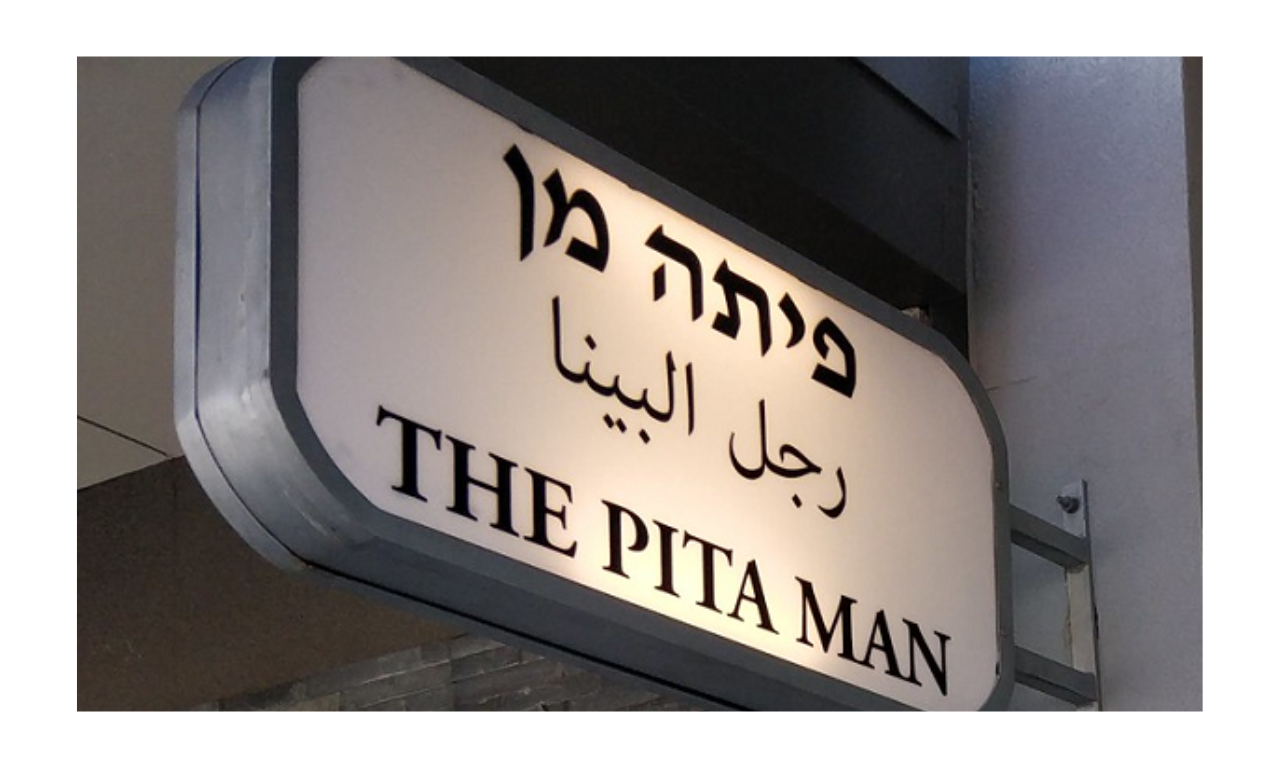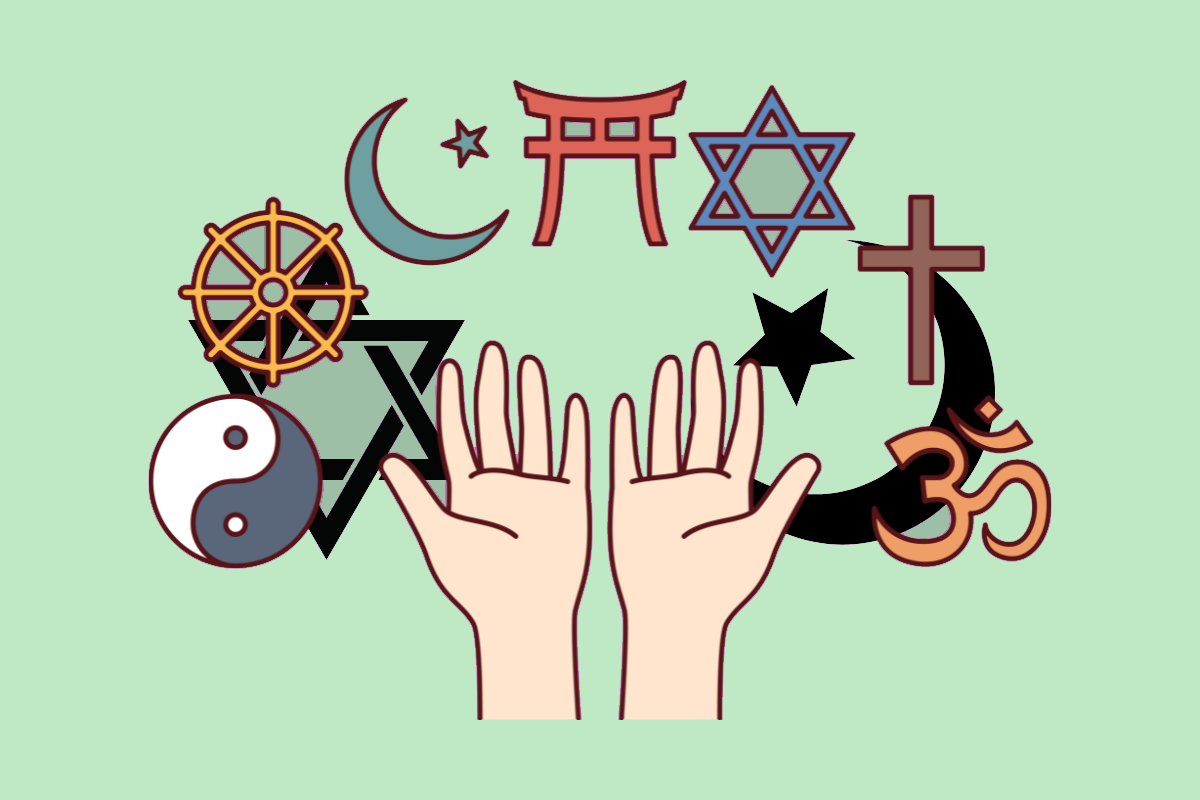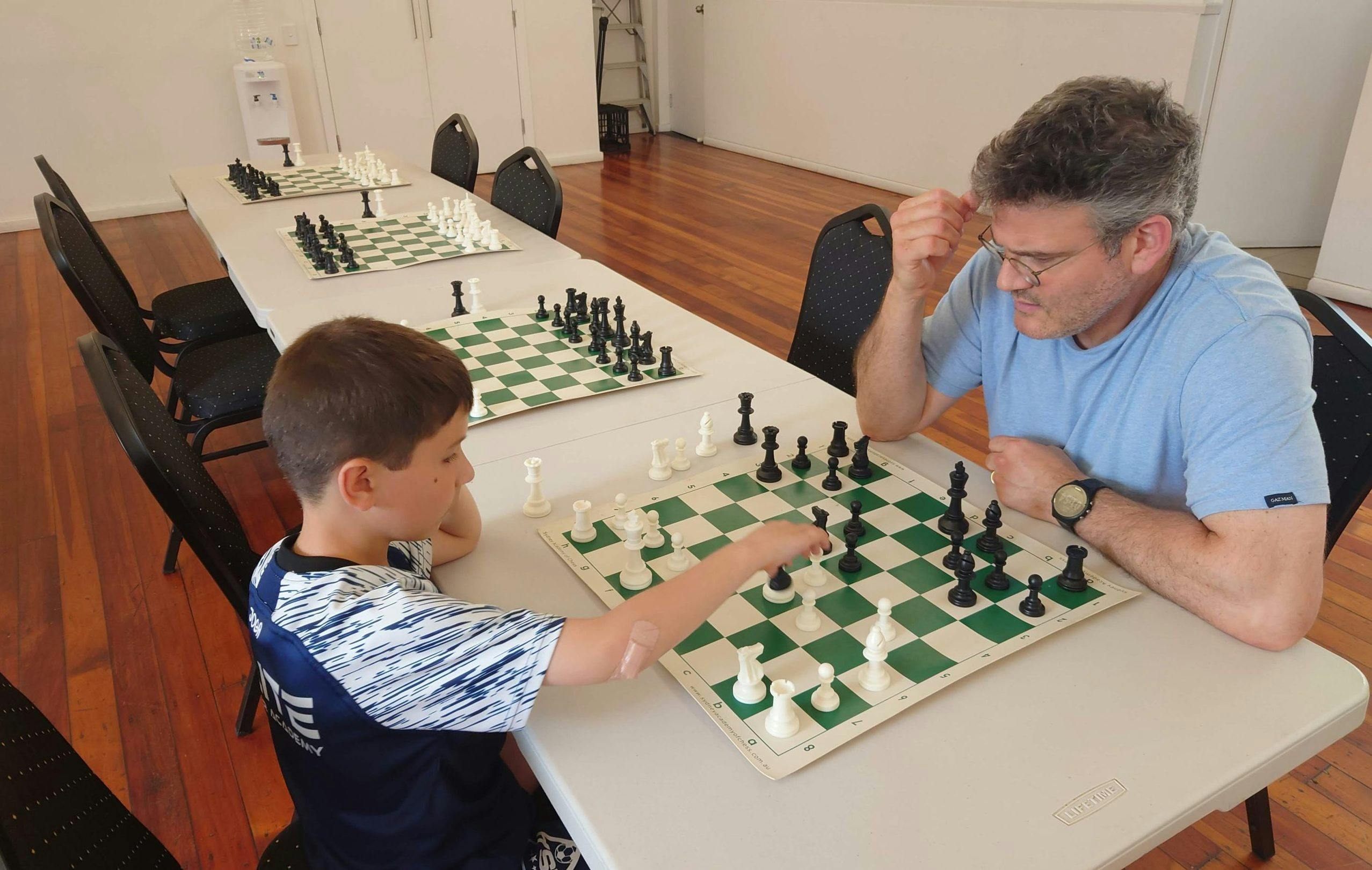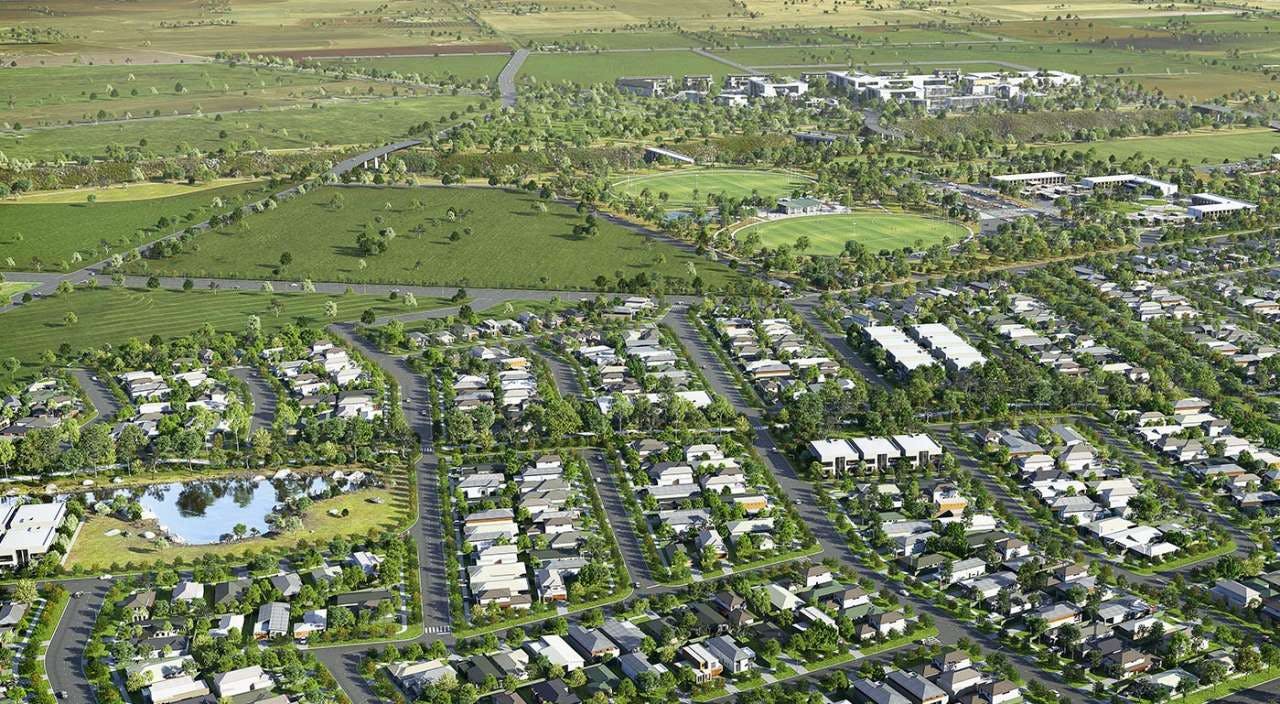Published: 15 July 2022
Last updated: 5 March 2024
Australian Israelis, aka Ausraelis, are developing a distinctive and vibrant ethnolinguistic identity, writes RAN PORAT
Ethnolinguistic vitality refers to a group's ability to maintain and protect its existence in time as a collective entity with a distinctive identity and language.
It involves continuing intergenerational transmission of the group's language and cultural practices, sustainable demography and active social institutions, social cohesion, and emotional attachment to its collective identity.”
A few decades ago, the ethnolinguistic vitality of Hebrew in Australia was in doubt. In his ground-breaking 1987 study of Hebrew speakers in Australia, Tim McNamara concluded that Hebrew was a low status language in Australia, even within the Jewish community.
Recently released initial 2021 Australian Census data about Hebrew speakers in Australia shows a complete turnaround in the vitality of Hebrew.
While still one of the least spoken languages in the country, the number of Australians reporting in the census that Hebrew is spoken at home has jumped by a whopping 52 percent, from 7568 in 2006 to 11,504 in 2021.
Almost all Hebrew-speakers are Jewish by background: 80-85 % describe themselves as Jewish under religion and 14% say they have no religion, which presumably includes secular Israeli Jews.
Unsurprisingly most Hebrew speakers reside in and around the Jewish neighbourhoods of the eastern suburbs of Melbourne and eastern parts of Sydney. More Australians speak Hebrew in Victoria (5580) than in NSW (3805), and the largest cluster of Hebrew speakers is found in Melbourne’s Glen Eira municipality.
There are several indicators pointing at the socio-economic strength of Hebrew-speaking Australians. The 2021 census data shows that this group outperforms the rest of Australians with regards to annual income – a trend that has been slowly increasing since 2011.
Similarly, and likely in line with the relative financial affluency, Hebrew speakers are on average more educated than the general Australian population (8.7% with tertiary education, as opposed to 7% respectively).
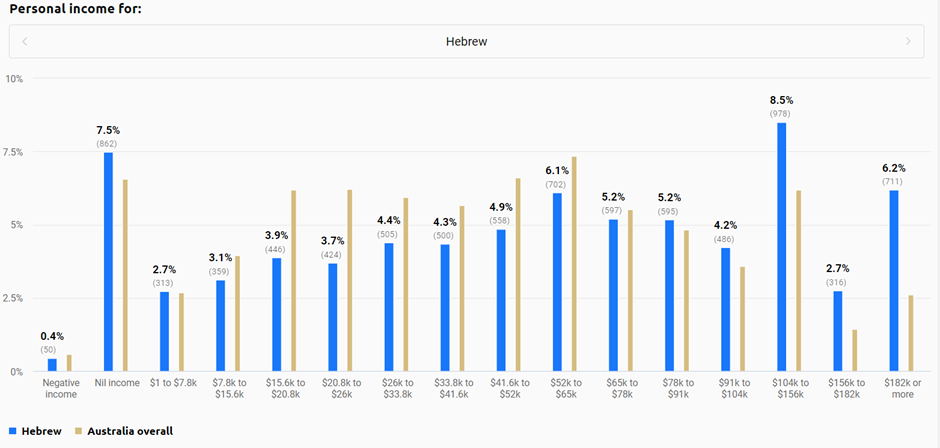
The increased number of Hebrew speakers is mostly a result of the continuous flow of Israelis to Australia since the turn of the 21st century. The number of Israel-born residents of Australia - aka Ausraelis - counted in the 2021 census is 11,035 - up from 7788 in 2011 (a 40% rise), and they now constitute around 10% of the estimated 120,000 strong Jewish community.
Close to 50% of Australians who speak Hebrew at home are Israeli-born (5726), the rest are mostly Australian-born children of Israelis.
A small number of Hebrew speakers may be Australians who have learned Hebrew at school but there is little evidence they become Hebrew speakers at home.
The Gen 17 survey conducted five years ago among Jews in Australia shows relatively high proficiency in Hebrew among graduates of the Jewish education system in Melbourne but for non-Israeli Australian Jews, the language is largely symbolic of their connection to their religious identity rather than a vernacular. One indicator of this is that only a very small percentage of Gen 17 participants (2%) attributed significance to providing Hebrew proficiency as an advantage of Jewish schools.
For Ausraelis, Hebrew is the national language of the homeland, spoken all the time and alive, and a central marker of their Israeli ethnic identity.
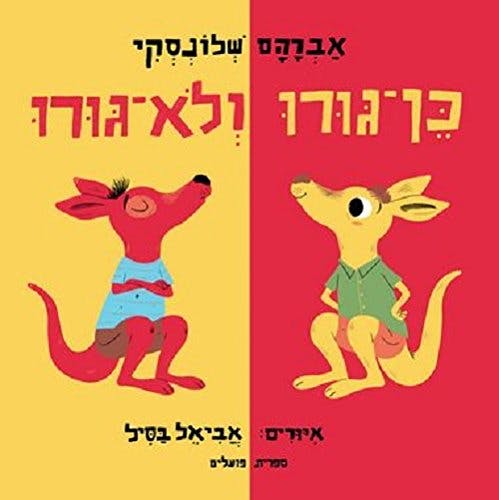
For that reason, Israeli parents in Australia naturally invest time and money in maintaining Hebrew at some capacity among their offspring, including those born in Australia. They speak Hebrew at home and send their children to learn Hebrew when possible.
The growing ethnolinguistic strength of Hebrew in Australia testifies to an increased vibrancy of Ausraeli ethnic identity.
Linguist Martin Ehala explained that “the level of ethnolinguistic vitality, understood as individuals' ability to act as a distinctive collective entity, is related to the strength of their shared ethnic identity.”
Ehala also points out the ethnolinguistic vitality is an indicator of “hot” ethnic groups, where “members have a high emotional attachment to their group. These groups use a high emotional climate to mobilise their members for collective behaviour. Members of these groups may set the group-beneficial motivations higher than self-beneficial ones.”
It seems that the Ausraeli identity is getting hotter as time goes by.
Photo: Israeli street sign style is used to mark a falafel shop in Caulfield, Melbourne (The Jewish Independent)
